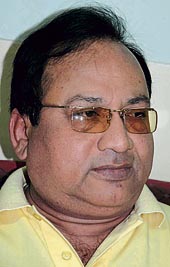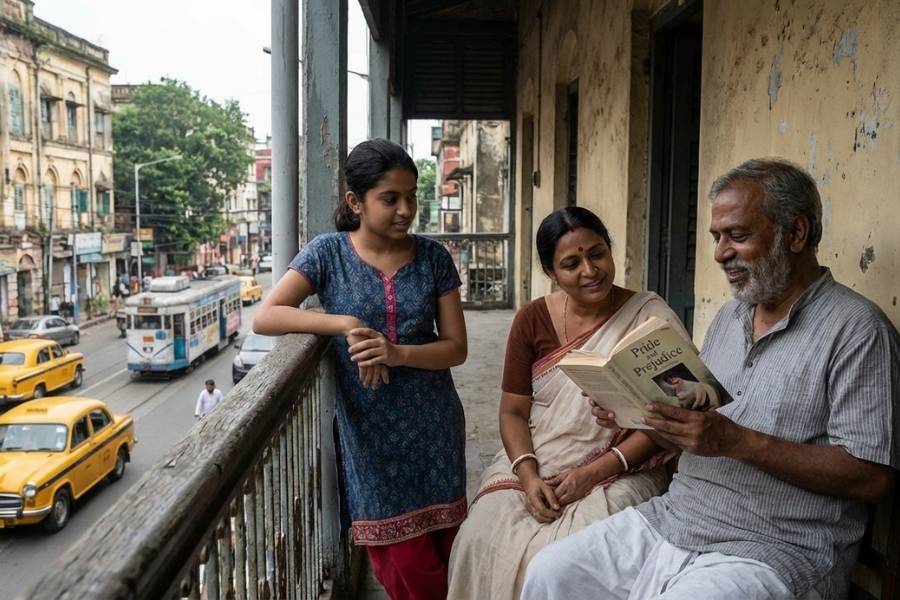 |
S.K. RAWAT, superintending engineer, Doordarshan Kendra, Calcutta, met readers of The Telegraph last Monday to answer their queries. Participants included Abinash Chatterjee, Sandip Banerjee, Jitendranath Das, Debashree Chakrabarty and Soma Chowdhury
Debashree Chakrabarty: What is DTH and how does the common viewers benefit from it?
DTH stands for direct to home. It is a telecast system that enables viewers to receive television and radio signals bypassing intermediaries like multi-system operators and cable distributors. Under DTH, the programmes are downloaded directly to the television sets. To switch over to the system, viewers need to instal gadgets that enable them to download satellite signals.
DTH is gaining popularity because it provides a hassle-free experience and saves money for the viewers. Moreover, since the signals are digitised, their quality is much better than the quality of signals transmitted through cable.
Sandip Banerjee: Can we watch all the pay channels through the DTH system?
There are two types of DTH systems available in the market. The first enables viewing of only free-to-air and Doordarshan channels.
A private company offers the other type of DTH service, which enables viewing of pay channels. Once you pay the subscription fee of a channel, a card will be provided, which, when inserted in the set-top box, will allow you to download the channel from the satellite. It is wiser to buy this type of set-top box since it gives you the freedom to view pay channels.
You have to keep in mind that to view pay channels, your DTH system must been capable of tracking the satellites that transmit their signal. Pre-adjusting is needed to ensure that once you switch channels, the dish reorients its position to download the signal from the desired channel.
Jitendranath Das: Do we need to protect the dish antenna from lightning?
If the dish antenna is set up on a roof, it should have a lightning arrester so that in case of lightning, excess voltage cannot pass through the dish antenna and cause damage to the television set or the set-top box. Any electrician should be able to set up the lightning arrester.
Abinash Chatterjee: If we only watch free-to-air channels, do we have to pay the cable operator?
Once you instal DTH in your home, you can forget cable operators. You have to pay nothing, except the electricity bill of the dish antenna, which consumes around 40 watts of power. Doordarshan DTH offers 30 free-to-air channels along with several radio channels.
Jitendranath Das: How can we judge the quality of a DTH system?
The quality of a DTH system can be verified by checking the clarity of picture and sound after connecting it to a television set. Also, find out about the after-sales support.
Soma Chowdhury: Does the DTH signal cause any bodily harm?
Any kind of radiation has an effect on living beings. The harmfulness of a gadget depends on the power of its radiator. A DTH system radiates milli-watts of power (one miliwatt is a thousandth part of a watt), which is far below the safety limit. Mobile phone handsets emit more power (nearly two watt), which is why it is more harmful than a working DTH set.
Soma Chowdhury: What can be regarded as a safe distance between a viewer and a television set?
There is no hard and fast rule regarding this. Experts say that the distance should be at least five times the diagonal of the screen. If the diagonal of the screen is 21 cm, the safe viewing limit starts from 105-cm. In general, the level of radiation is more for a colour television than a black-and-white set. The distance rules should be strictly followed for safe viewing.
Concluded











